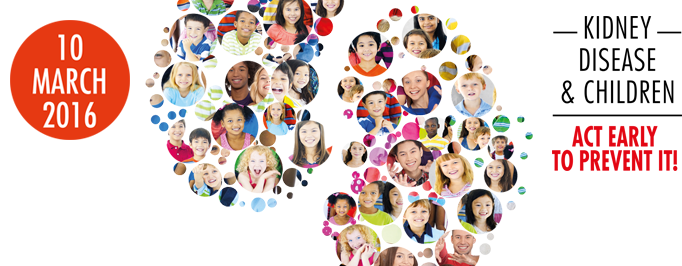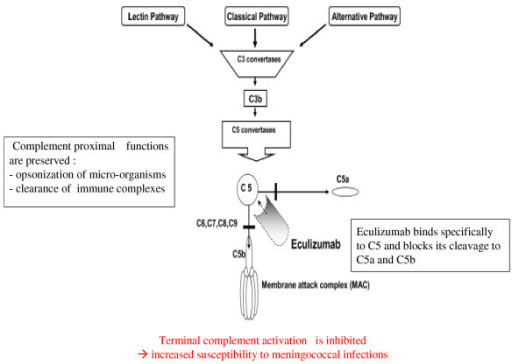Better kidney health for kids: What you should know!
Today in "Times of India", there is an educational article by me on how to maintain better kidney health in children.
Did you know that kidney diseases can start young? Literally. Unlike in the case of grown-ups, children can develop kidney diseases due to congenital defect, prematurity, or past hospitalization. "Also, children with a high-risk birth and early childhood history should be watched closely in order to help detect early signs of kidney disease in time to provide effective prevention or treatment. Needless to say that the sooner the issue is diagnosed, better can be the results," adds Dr Sidharth Kumar Sethi, Consultant, Pediatric Nephrology, Medanta, The Medicity, Gurgaon.
Early signs of kidney disease in kids
Early diagnose of kidney problem can help treat the ailment in time. Here are some signs that you should watch out for:
- Swelling around the eyes-face -feet- abdomen- whole body - Bed wetting (5 years or older) can be since birth or if the problem recurs after the child had stopped bed wetting for some time -Frequent urination - Crying during urination (in infants) - Painful urination (in older kids) - Unpleasant-smelling urine -Unexplained low-grade fever or recurrent fever episodes - Urine that is cloudy, bloody or dark brown - Persistent abdominal pain - Childhood renal stones - Frequent severe headaches - High blood pressure - Producing less urine -Producing more than 2 litre urine/ day -Poor appetite (in older children) - Poor eating habits, vomiting (in newborns & infants) - Slow growth or weight gain -Weak urinary stream, dribbling of urine stream - Weakness, excessive tiredness or loss of energy - Pale skin appearance
The whole article can be accessed here.















